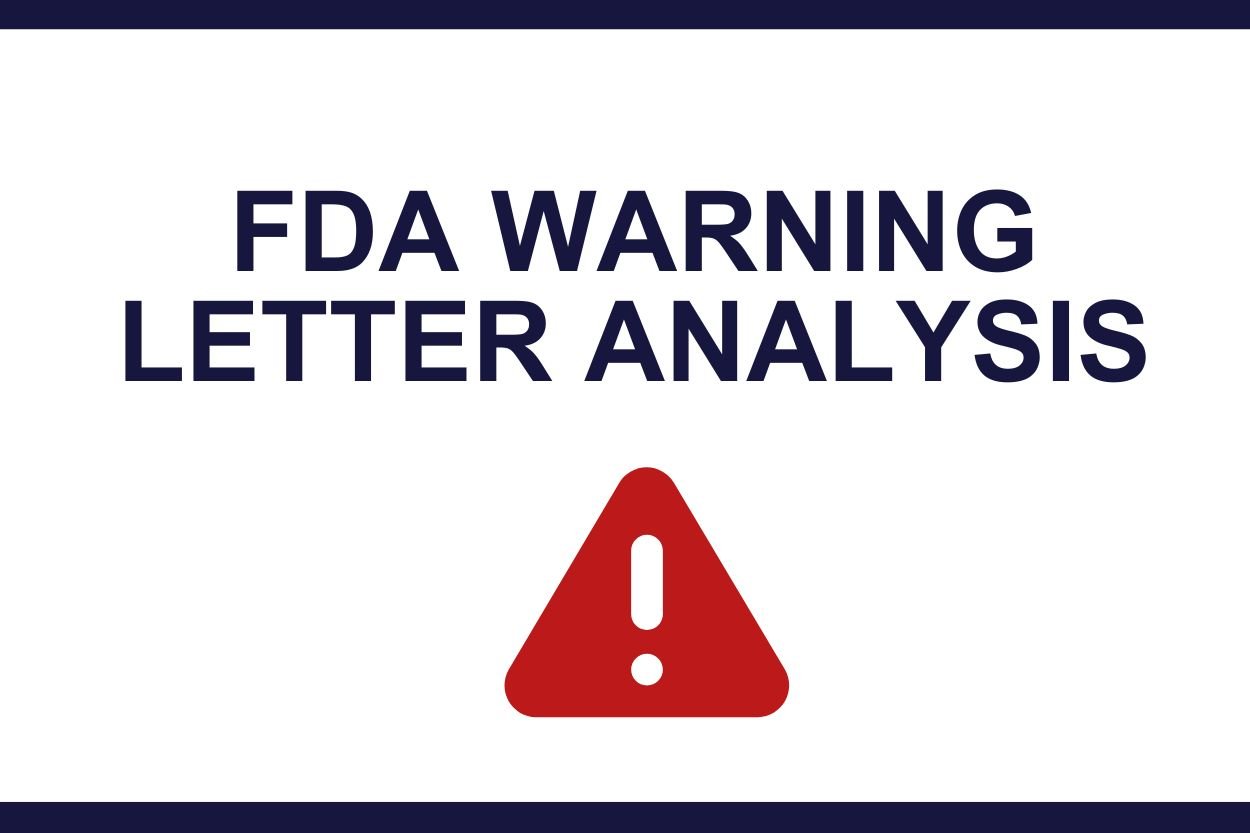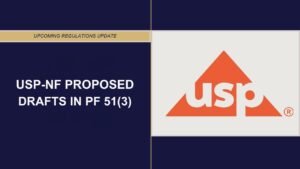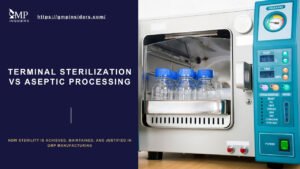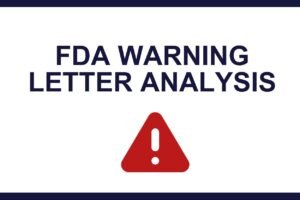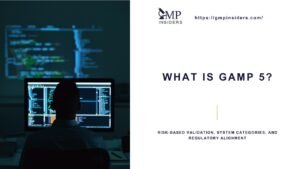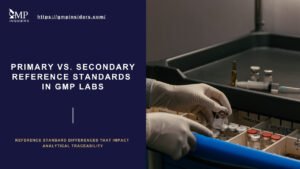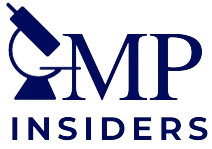On January 30, 2025, the FDA issued a Warning Letter (320-25-37) to Strukmyer LLC dba Strukmyer Medical, following an inspection of its Mesquite, Texas facility from July 8 to August 1, 2024.
The letter identified critical lapses in CGMP practices, including failures in contamination control, raw material testing, cleaning validation, and oversight by the Quality Unit (QU). These deficiencies resulted in the adulteration of drug products under Section 501(a)(2)(B) of the Federal Food, Drug, and Cosmetic Act (FD&C Act).
Below is a detailed breakdown of the FDA’s findings, along with recommended corrective and preventive actions (CAPA).
Key Non-Conformances Identified
Some of the key non-conformances cited in the warning letter include:
Non-Conformance 1: Failure to Investigate Contamination Events
Regulatory Citation: 21 CFR 211.192
Findings:
- Over 60 instances of objectionable microorganisms (e.g., Burkholderia, Pseudomonas, Staphylococcus, Bacillus, and Aspergillus) were identified in Strukmyer’s water system between November 1, 2022, and July 10, 2024.
- Contaminated water was used to manufacture wound and burn care OTC products without thorough investigations or root cause analyses.
- Affected water was used in batches even after contamination with Pseudomonas and Burkholderia was detected. The company failed to consider the safety risks of this contamination on distributed drug products.
Non-Conformance 2: Inadequate Testing of Raw Materials
Regulatory Citation: 21 CFR 211.84(d)(1) and (d)(2)
Findings:
- Strukmyer relied solely on supplier Certificates of Analysis (COAs) without validating their reliability.
- Glycerin, a high-risk ingredient, was not tested for contaminants such as diethylene glycol (DEG) or ethylene glycol (EG), as required by the United States Pharmacopeia (USP).
- Historical cases of DEG/EG contamination have resulted in fatal poisoning incidents globally, emphasizing the need for robust identity testing.
Non-Conformance 3: Insufficient Cleaning Validation
Regulatory Citation: 21 CFR 211.67(a)
Findings:
- Cleaning validation was limited to Gram-negative bacteria and excluded fungi and Gram-positive organisms previously detected in the water system.
- This incomplete validation increases the risk of cross-contamination between manufacturing batches.
SEE MORE: Cleaning Validation in the Pharmaceutical Industry
Non-Conformance 4: Inadequate Quality Control Unit Oversight
Regulatory Citation: 21 CFR 211.22(a)
Findings:
- The Quality Unit failed to validate methods used by contract laboratories for chemical and microbial testing.
- Poor oversight resulted in insufficient quality checks for water system monitoring and finished product testing.
CAPA Plan Recommendations
To address these critical deficiencies, Strukmyer Medical must implement a comprehensive CAPA plan. Below are the recommended actions for each non-conformance:
Non-Conformance 1: Failure to Investigate Contamination Events
Regulatory Citation: 21 CFR 211.192
Root Cause Analysis (RCA)
- Systemic Issue: Poor water system design and inadequate monitoring protocols led to recurring contamination incidents.
- Process Gap: Investigations were not designed to trace contamination back to its root causes or to assess the broader impact on drug products.
- Lack of Oversight: The Quality Unit failed to enforce adequate microbiological controls and follow-up actions.
SEE ALSO: Contamination, Cross-Contamination and Mix-Ups
Corrective and Preventive Actions (CAPA)
- Water System Redesign:
- Conduct an independent evaluation of the water system’s design, maintenance, and operation.
- Implement real-time microbial monitoring and automated alerts for excursions.
- Enhanced Investigations:
- Develop SOPs for conducting comprehensive root-cause investigations into microbial excursions.
- Include risk assessments for all distributed batches when contamination is identified.
- Microbial Release Specifications:
- Establish stricter batch release criteria to detect objectionable microorganisms.
- Incorporate total microbial counts and species identification in testing protocols.
- Retrospective Testing:
- Test retained samples of distributed batches to identify any impact of microbial contamination on drug products.
- Training:
- Train employees on enhanced microbial contamination investigation protocols to improve root cause identification and CAPA implementation.
Non-Conformance 2: Inadequate Testing of Raw Materials
Regulatory Citation: 21 CFR 211.84(d)(1) and (d)(2)
Root Cause Analysis (RCA)
- Dependency on Suppliers: The firm relied on COAs without independent verification, exposing drug products to untested risks.
- Testing Gaps: Lack of awareness or prioritization of USP-mandated identity and impurity testing for high-risk components like glycerin.
- Procedural Deficiency: Absence of a validated program for supplier qualification and ongoing COA reliability testing.
Corrective and Preventive Actions (CAPA)
- Full USP Testing:
- Conduct identity testing for all incoming glycerin lots, including parts A, B, and C of the USP monograph (limit tests for DEG and EG).
- Supplier Qualification Program:
- Validate and periodically revalidate the reliability of supplier COAs through direct testing.
- Only work with suppliers that demonstrate consistent adherence to CGMP requirements.
- Risk Mitigation:
- Test retained samples of previously manufactured batches to assess the quality and safety of distributed products.
- Notify customers and initiate recalls if any lots fail safety criteria.
- Revised SOPs:
- Update SOPs to mandate identity and impurity testing for all high-risk components, such as glycerin and propylene glycol.
Non-Conformance 3: Insufficient Cleaning Validation
Regulatory Citation: 21 CFR 211.67(a)
Root Cause Analysis (RCA)
- Testing Limitation: The scope of cleaning validation testing was inadequate, failing to account for all relevant microorganisms.
- Lack of Risk-Based Approach: Cleaning validation did not reflect worst-case scenarios for microbial contamination.
SEE ALSO: Worst Case Selection for Cleaning Validation
Corrective and Preventive Actions (CAPA)
- Expanded Cleaning Validation:
- Include tests for fungi and Gram-positive bacteria in cleaning validation protocols.
- Perform microbial assessments on all manufacturing surfaces and equipment post-cleaning.
- Worst-Case Validation Scenarios:
- Use toxicological and microbiological risk assessments to design worst-case cleaning validation.
- Routine Verification:
- Establish a periodic cleaning verification program to ensure the continued effectiveness of cleaning processes.
Non-Conformance 4: Inadequate Quality Control Unit Oversight
Regulatory Citation: 21 CFR 211.22(a)
Root Cause Analysis (RCA)
- Resource Constraints: The Quality Unit lacked the authority and resources to enforce robust oversight.
- Ineffective Procedures: Absence of clear SOPs for method validation and oversight of contract testing facilities.
Corrective and Preventive Actions (CAPA)
- Quality Unit Empowerment:
- Provide the Quality Unit with authority, resources, and training to oversee contract labs and enforce CGMP compliance.
- Method Validation:
- Validate all chemical and microbial test methods used by contract labs.
- Periodically review validation data to ensure ongoing reliability.
- Independent Audits:
- Engage an independent CGMP consultant to perform a six-system audit of the Quality Unit and provide recommendations for improvement.
Timeline for Implementation
Immediate Actions (0-3 Months)
- Perform risk assessment for contaminated batches.
- Test retain samples for microbiological and chemical quality.
- Update SOPs for the water system and cleaning validation.
Short-Term Actions (3-6 Months)
- Validate COA reliability for component suppliers.
- Expand the cleaning validation scope to cover all contaminants.
- Begin training programs for staff on CAPA and CGMP requirements.
Long-Term Actions (6-12 Months)
- Conduct CGMP compliance audit with an independent consultant.
- Fully implement new QU oversight procedures.
- Establish monitoring and reporting mechanisms for CAPA effectiveness.
Conclusion
Strukmyer LLC must implement comprehensive corrective and preventive measures to address the CGMP violations outlined in the FDA warning letter. The firm’s executive management has been given 15 working days to respond with a detailed remediation plan. Failure to comply may result in severe regulatory actions, including recalls, product seizures, or injunctions.
This Warning Letter serves as a critical reminder for drug manufacturers to maintain robust CGMP systems to ensure product quality and safeguard public health.

